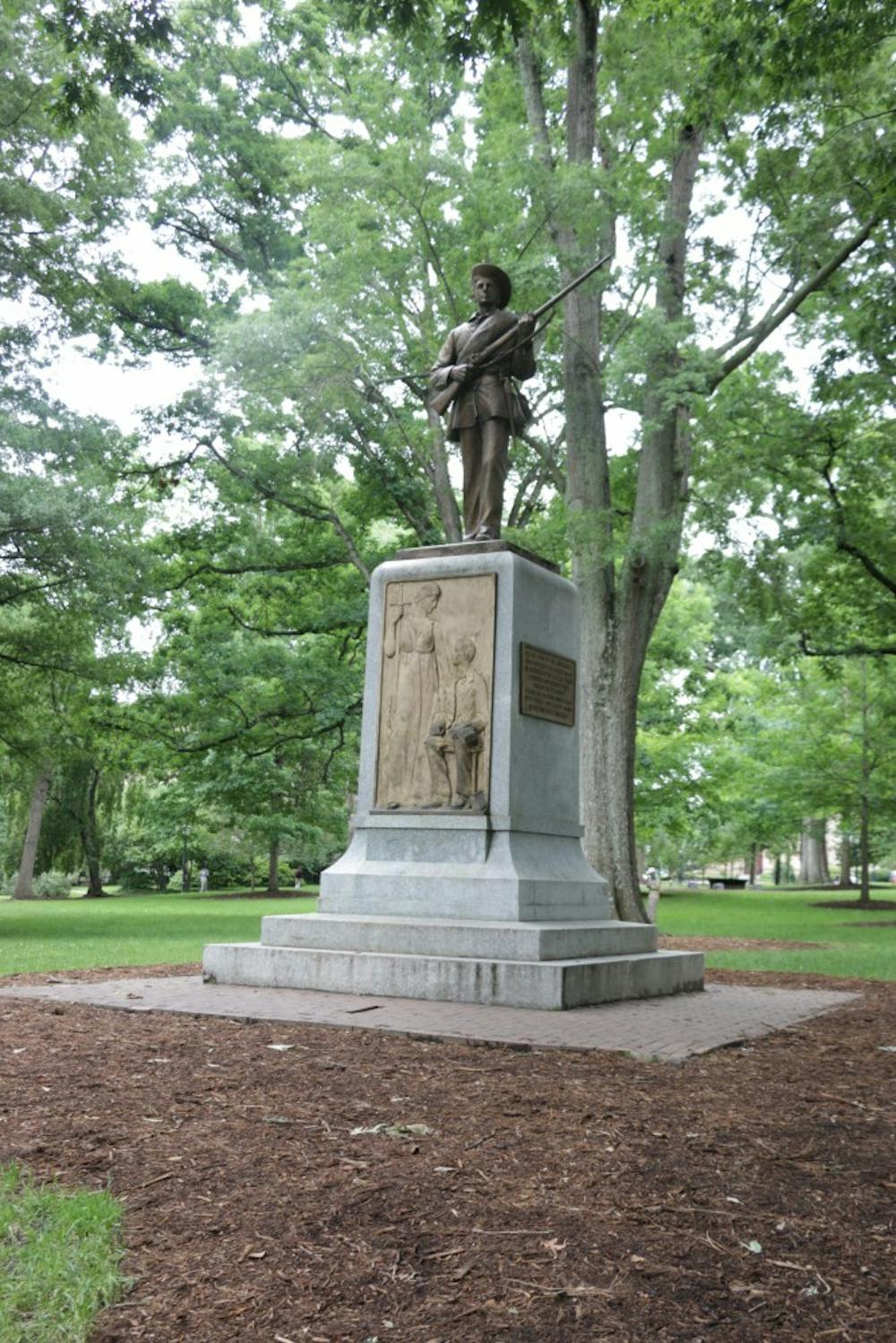“Department of Justice lawyers played no role in negotiating the agreement,” Brewer said in the statement. “The Board of Governors hired outside counsel and negotiated this deal entirely on its own, sidelining our office.”
Brewer said due to this factor and the absence of state funds from the settlement, the DOJ office’s only role was to advise the University and BOG on whether the agreement was legal. She said a DOJ lawyer conducted this review and provided the BOG with a letter about his conclusions.
“Our office is unable to waive attorney client privilege and provide that letter,” Brewer said. “However, we have no objection to the University releasing it to you.”
A UNC spokesperson referred The Daily Tar Heel to the UNC System, citing that the settlement was not negotiated by the University. The UNC System did not respond for comment by the time of publishing.
The Lawyers’ Committee for Civil Rights Under Law listed what they saw as several concerns in the letter to Ripley, including the following:
- The parties involved did not advise the court of the “frivolousness” of the SCV’s legal claims.
- The BOG used the court system to circumvent laws in transferring the monument and the $2.5 million trust.
- The conclusion that the monument’s ownership belongs to the SCV is “fundamentally flawed.”
- The settlement’s $2.5 million is greater than the damage award that the SCV sought.
Law professor Eric Muller said the claim that the ownership of the monument reverted to the United Daughters of the Confederacy after its removal from campus, based on a supposed condition attached to the gift in the early 20th century, is legally flawed.
“That idea is essential to the whole lawsuit because that’s what enabled the Sons of Confederate Veterans to claim to be able to sue for its return,” Muller, who recently raised concerns with the settlement at a faculty meeting, said. “So that proposition is just so clearly mistaken that I was really glad to see this letter pointing out that it’s just a bogus theory.”
The UDC signed the monuments’ rights to the SCV, which allowed the SCV to bring the lawsuit for possession of Silent Sam.
The letter from the civil rights group said the ownership issue is flawed for multiple reasons.
- First, the letter said it was never established that the UDC actually owned the monument because the gift was intended for UNC and UNC officials contracted the sculptor.
- Second, it said that even if the UDC did own the monument, it transferred ownership to UNC when it made the gift.
- Third, it said the statement made at the monument’s unveiling that the gift should “stand forever” is not legally enforceable.
- Fourth, it said the modern-day UDC, incorporated in 1992, is not the same as the UDC that gifted the monument.
In addition to concerns about the monument’s ownership, Muller said the arrangement appears to have been negotiated ahead of time, which gives him pause. He said the wording of the settlement is also vague.
To get the day's news and headlines in your inbox each morning, sign up for our email newsletters.
Interim Chancellor Kevin Guskiewicz wrote a letter to the BOG and UNC System on Wednesday, asking that they ensure the $2.5 million trust is only used for the monument’s preservation.
"I join with others on my campus in stating that the values expressed by the SCV are inconsistent with and antithetical to the values of the University," he said in the letter.
But Muller said the terms of the settlement are actually more unspecific than that and allow the trust to be used for other expenses, including displaying the monument.
“We’re paying them $2.5 million — you would think we would’ve attached some of our own conditions to that, sort of like the United Daughters of the Confederacy supposedly attached conditions to the monument,” Muller said.
@maevesheehey
university@dailytarheel.com




